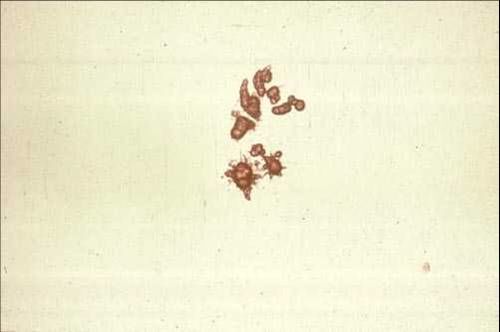Microscopic Urine Analysis Quiz
- CLSI
- ISO 15189
2.
You may optionally provide this to label your report, leaderboard, or certificate.
×
Thank you for your feedback!
















